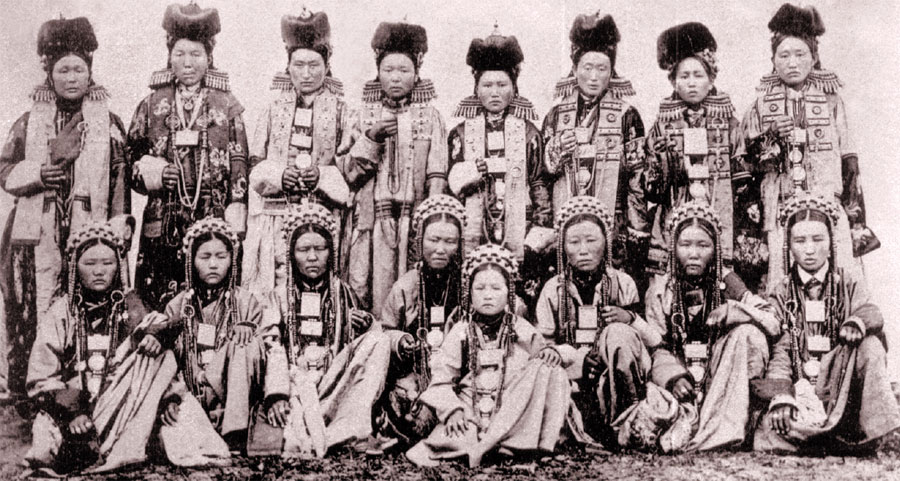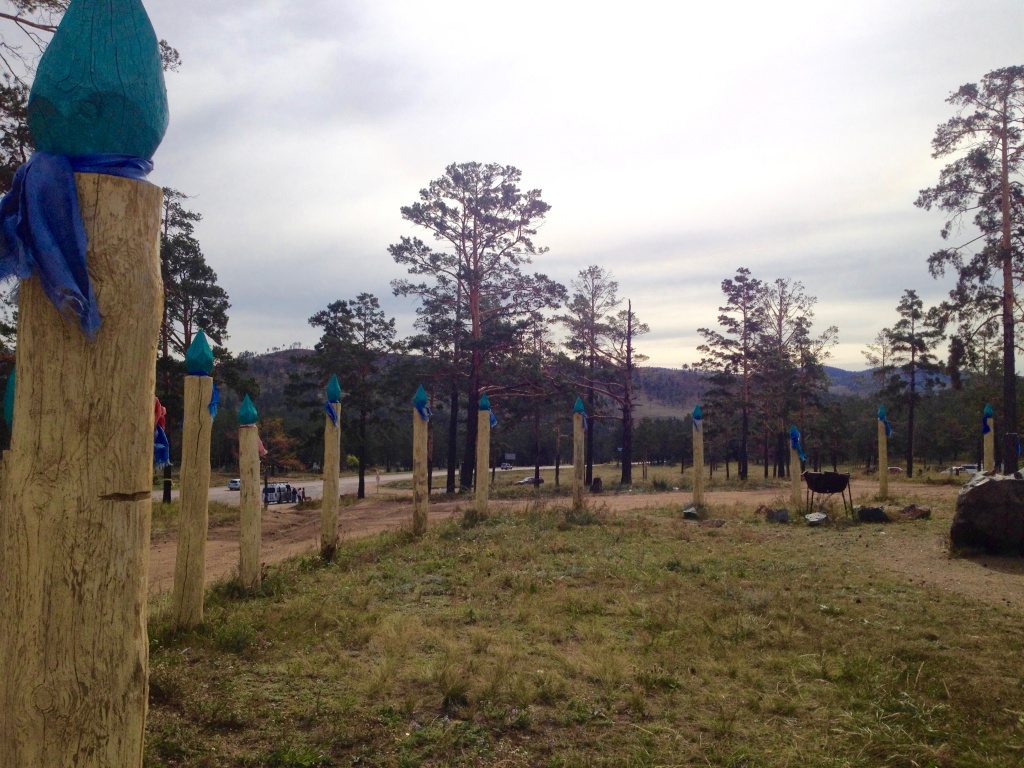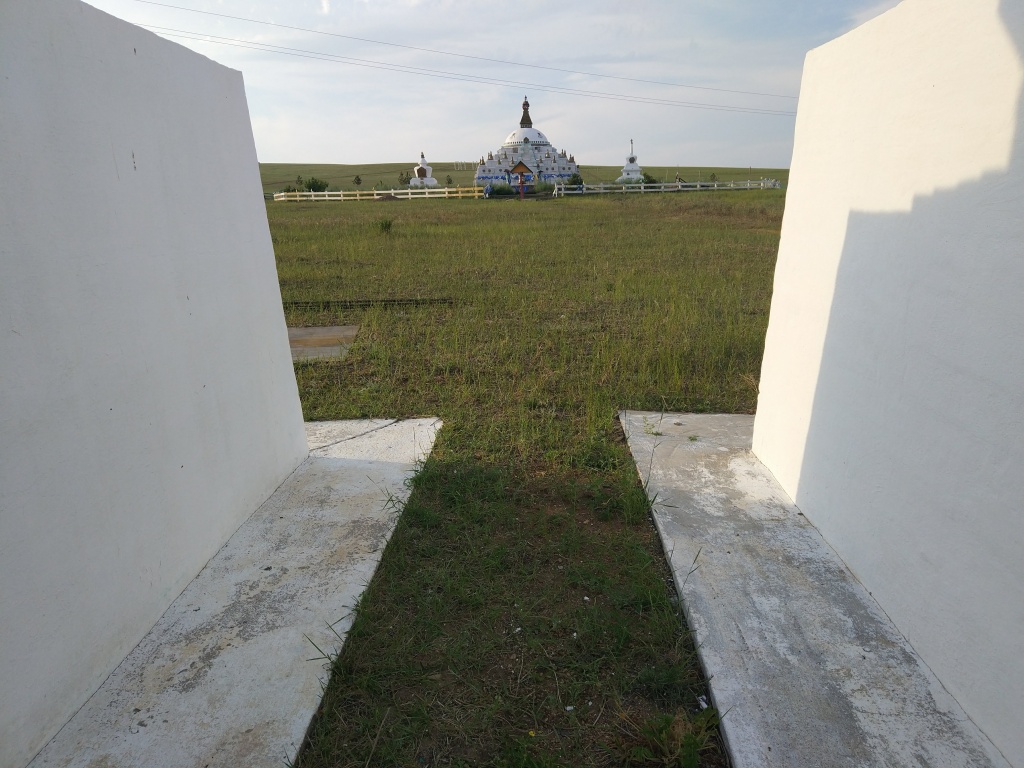The establishment of a Russian-Mongolian border led to the isolation of the Buryat tribes from the Mongolian world.
In the 17th century, the Buryat people, who did not have their own statehood, voluntarily joined Russia. But this isolation did not lead to the destruction of established spiritual, religious, cultural, tribal, and trade and economic ties between Buryatia and Mongolia. The tsarist government of Russia, pursuing a flexible policy towards the local nobility, established an administrative system of internal self-government operated in Buryatia (the Buryat steppe Duma). Great influence on the economic development of Buryatia was provided by the construction of the Trans-Siberian Railway.

After the Russian Revolution of 1917, the process of integration of Transbaikalia and the Far East within Russia was very intensive.

A rather developed agro-industrial sector was created in the republic during the Soviet period of history. Large enterprises of almost 60 branches of the national economy were built there, including aircraft construction, engineering, energy, coal, mining, woodworking and other industries that were connected with all economic regions of the USSR. Large plants at the territory of Buryatia belonged to the military-industrial complex mostly. That is why until the 80s of the 20th century, the republic was closed for visits by foreign citizens.

